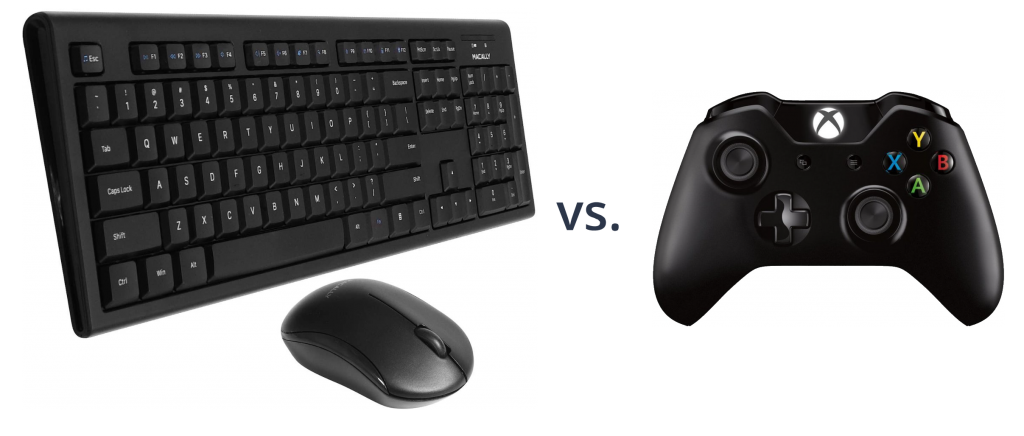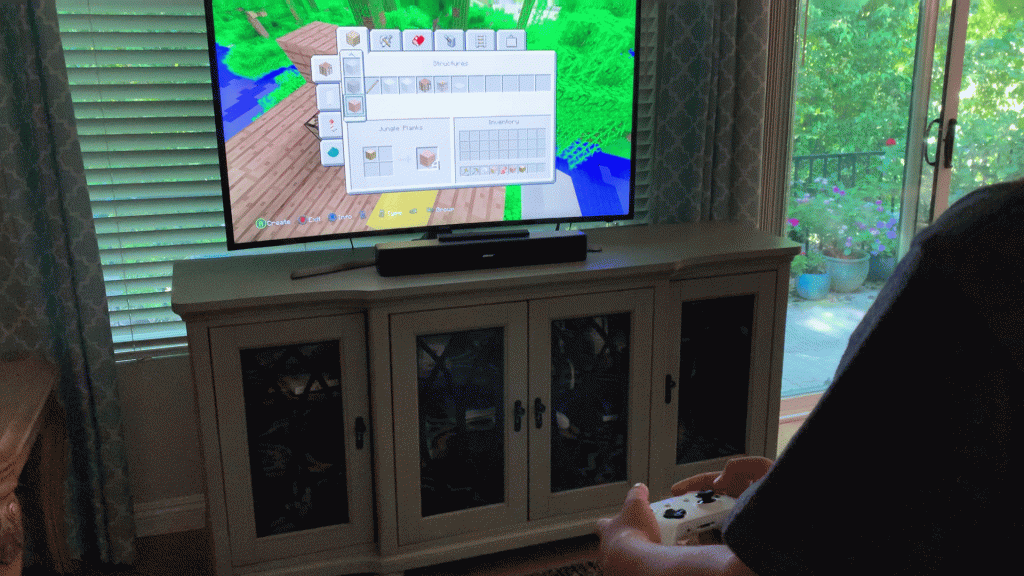
In the world of EDA tools, there is a factor that may inhibit you or your colleagues from a desire to change to or consider other EDA tools. It is not apparent, yet it is well studied. Your hesitation may be an aspect of procedural memory commonly referred to as muscle memory.
For example, I’ve been using Altium Designer for over 13 years. Recently, I had to learn Cadence Allegro. On the surface, this should not have been a major issue. PCB tools generally do the same thing. It’s simply a matter of knowing where a function or feature is. What made it so difficult was the fact that my muscle memory was contradicting me on every new keystroke or mouse motion.
This is not unique to me. Nine Dot Connects has partnered with an individual who is extremely well-versed in Allegro. The main reason he partnered with us is that this individual, as smart and experienced as he is, finds the layout feature of Altium Designer foreign. Again, muscle memory is playing a major role in moving fluidly between EDA tools.
In a rather saturated market, EDA companies are always looking for an edge to win you over. Most of the time, they are offering you ‘bells and whistles’ that the other tools do not have or features that other tools contain. However, this market is also mature, meaning that unless there is a revolutionary breakthrough in mechatronic manufacturing, there isn’t much more to add to these tools to impress you.
I challenge the EDA companies to focus on the muscle memory aspect of their tools. This goes beyond the user having to customize the menus, hotkeys, and icons. There are three paths that can be taken. The first is an interface that is similar to the competitor. The second approach could be to develop an intuitive interface based on the logical progression of the design process.
In fact, you expect this from your software and apps. Have you ever gone onto a website offering some capability and then left after a moment or two because the layout is not intuitive? Or, downloaded an app and deleted as fast as you downloaded it because the user interface was horrific?
It’s not impossible. Look at Google Chrome and MS Edge. It is really difficult to tell them apart! The same is true of MS Word and Google Docs. Granted, there are differences, but the fact is you do not need to relearn Google Docs if you already know MS Word and vice versa.
The third approach may be to rethink the hardware used to interface with the software.

This past weekend, I was watching my son play Minecraft on an Xbox system. I was impressed at how quickly he was navigating the menus and building various items. (I have already been humored by Minecraft. You can carry 200 different items that weigh 20 metric tons!)
It dawned on me that a whole generation of future engineers (regardless of country) has spent considerable time learning the various console controllers. All of the controllers operate off of the same core functions, and it would not take you much effort to go from one console to another. Even then, there are features that allow you to map buttons for specific unique functions.
What gamers have confirmed is that efficiency is in a device in the palms of your hands. If EDA companies are looking to win you over, the investigation of muscle memory provides them several opportunities. The first opportunity is to give you, a member of the current generation, the ability to maintain your existing muscle memory or to provide an interface that is self-explanatory. The second opportunity is to win over the next generation of engineers and designers who already have muscle memory from their gaming experiences.
The term “all thumbs” describes someone who is clumsy. However, with game controllers, all thumbs may be far more efficient than mouse-clicking through menus, clicking icons, and pressing hotkeys.

Blog Author